-
Executive Summary
-
Scope of the Report
-
Market Definition
-
Scope of the Study
- Research Objectives
- Assumptions & Limitations
-
Markets Structure
-
Market Research printing methodology
-
Research Application
-
Secondary Research
-
Primary Research
-
Forecast Model
-
Market Landscape
-
Porter’s Five Forces Analysis
- Threat of New Entrants
- Bargaining power of buyers
- Threat of substitutes
- Segment rivalry
-
Value Chain/Supply Chain of Global Titanium Ore market
-
Industry Overview of Global Titanium Ore market
-
Introduction
-
Growth Drivers
-
Impact analysis
-
Market Challenges
-
Market Trends
-
Introduction
-
Growth Trends
-
Impact analysis
-
Global Titanium Ore market by Type
-
Introduction
-
Ilmenite
- Market Estimates & Forecast, 2020-2027
- Market Estimates & Forecast by Region, 2020-2027
-
Rutile
- Market Estimates & Forecast, 2020-2027
- Market Estimates & Forecast by Region, 2020-2027
-
Leucoxene
- Market Estimates & Forecast, 2020-2027
- Market Estimates & Forecast by Region, 2020-2027
-
Others
- Market Estimates & Forecast, 2020-2027
- Market Estimates & Forecast by Region, 2020-2027
-
Global Titanium Ore market by Application
-
Introduction
-
Titanium metal
- Market Estimates & Forecast, 2020-2027
- Market Estimates & Forecast by Region, 2020-2027
-
Pigments
- Market Estimates & Forecast, 2020-2027
- Market Estimates & Forecast by Region, 2020-2027
-
Coating and lining
- Market Estimates & Forecast, 2020-2027
- Market Estimates & Forecast by Region, 2020-2027
-
Welding electrodes
- Market Estimates & Forecast, 2020-2027
- Market Estimates & Forecast by Region, 2020-2027
-
Others
- Market Estimates & Forecast, 2020-2027
- Market Estimates & Forecast by Region, 2020-2027
-
Global Titanium Ore market by End Use Industry
-
Introduction
-
Aerospace
- Market Estimates & Forecast, 2020-2027
- Market Estimates & Forecast by Region, 2020-2027
-
Healthcare
- Market Estimates & Forecast, 2020-2027
- Market Estimates & Forecast by Region, 2020-2027
-
Automotive
- Market Estimates & Forecast, 2020-2027
- Market Estimates & Forecast by Region, 2020-2027
-
Others
- Market Estimates & Forecast, 2020-2027
- Market Estimates & Forecast by Region, 2020-2027
-
Global Titanium Ore market by region
-
Introduction
-
North America
- Market Estimates & Forecast, 2020-2027
- Market Estimates & Forecast by Type, 2020-2027
- Market Estimates & Forecast by Application, 2020-2027
- Market Estimates & Forecast by End Use Industry, 2020-2027
- U.S.
- Canada
-
Europe
- Market Estimates & Forecast, 2020-2027
- Market Estimates & Forecast by Type, 2020-2027
- Market Estimates & Forecast by Application, 2020-2027
- Market Estimates & Forecast by End Use Industry, 2020-2027
- Germany
- France
- Italy
- Spain
- U.K
- Russia
- Poland
-
Asia Pacific
- Market Estimates & Forecast, 2020-2027
- Market Estimates & Forecast by Type, 2020-2027
- Market Estimates & Forecast by Application, 2020-2027
- Market Estimates & Forecast by End Use Industry, 2020-2027
- China
- India
- Japan
- Australia
- New Zealand
- Rest of Asia Pacific
-
The Middle East & Africa
- Market Estimates & Forecast, 2020-2027
- Market Estimates & Forecast by Type, 2020-2027
- Market Estimates & Forecast by Application, 2020-2027
- Market Estimates & Forecast by End Use Industry, 2020-2027
- Turkey
- Israel
- North Africa
- GCC
- Rest of Middle East & Africa
-
Latin America
- Market Estimates & Forecast, 2020-2027
- Market Estimates & Forecast by Type, 2020-2027
- Market Estimates & Forecast by Application, 2020-2027
- Market Estimates & Forecast by End Use Industry, 2020-2027
- Brazil
- Mexico
- Argentina
- Rest of Latin America
-
Company Landscape
-
Company Profiles
-
V.V Minerals
- Company Overview
- Product/Business Segment Overview
- Financial Updates
- Key Developments
-
Royalty Minerals
- Company Overview
- Product/Business Segment Overview
- Financial Updates
- Key Developments
-
Shanghai Yuejiang Titanium Chemical Manufacturer Co., Ltd
- Company Overview
- Product/Business Segment Overview
- Financial Updates
- Key Developments
-
Yucheng Jinhe Industrial Co., Ltd
- Company Overview
- Product/Business Segment Overview
- Financial Updates
- Key Developments
-
Hatch Ltd
- Company Overview
- Product/Business Segment Overview
- Financial Updates
- Key Developments
-
Chemours
- Company Overview
- Product/Business Segment Overview
- Financial Updates
- Key Developments
-
Iluka Resource Limited
- Company Overview
- Product/Business Segment Overview
- Financial Updates
- Key Developments
-
Tronox Limited
- Company Overview
- Product/Business Segment Overview
- Financial Updates
- Key Developments
-
Trimex Sands PVT Ltd
- Company Overview
- Product/Business Segment Overview
- Financial Updates
- Key Developments
-
Stork Group
- Company Overview
- Product/Business Segment Overview
- Financial Updates
- Key Developments
-
Cosmos Electrodes PVT Ltd
- Company Overview
- Product/Business Segment Overview
- Financial Updates
- Key Developments
-
Conclusion
-
LIST OF TABLES
-
World Population by Major Regions (2020 To 2027)
-
Global Titanium Ore market: By Region, 2020-2027
-
North America Titanium Ore market: By Country, 2020-2027
-
Europe Titanium Ore market: By Country, 2020-2027
-
Asia-Pacific Titanium Ore market: By Country, 2020-2027
-
Middle East & Africa Titanium Ore market: By Country, 2020-2027
-
Latin America Titanium Ore market: By Country, 2020-2027
-
Global Titanium Ore by Type Market: By Regions, 2020-2027
-
North America Titanium Ore by Type Market: By Country, 2020-2027
-
Table10 Europe Titanium Ore by Type Market: By Country, 2020-2027
-
Table11 Asia-Pacific Titanium Ore by Type Market: By Country, 2020-2027
-
Table12 Middle East & Africa Titanium Ore by Type Market: By Country, 2020-2027
-
Table13 Latin America Titanium Ore by Type Market: By Country, 2020-2027
-
Table14 Global Titanium Ore by Application Market: By Regions, 2020-2027
-
Table15 North America Titanium Ore by Application Market: By Country, 2020-2027
-
Table16 Europe Titanium Ore by Application Market: By Country, 2020-2027
-
Table17 Asia-Pacific Titanium Ore by Application Market: By Country, 2020-2027
-
Table18 Middle East & Africa Titanium Ore by Application Market: By Country, 2020-2027
-
Table19 Latin America Titanium Ore by Application Market: By Country, 2020-2027
-
Table20 North America Titanium Ore for End Use Industry Market: By Country, 2020-2027
-
Table21 Europe Titanium Ore for End Use Industry Market: By Country, 2020-2027
-
Table22 Asia-Pacific Titanium Ore for End Use Industry Market: By Country, 2020-2027
-
Table23 Middle East & Africa Titanium Ore for End Use Industry Market: By Country, 2020-2027
-
Table24 Latin America Titanium Ore for End Use Industry Market: By Country, 2020-2027
-
Table25 Global Type Market: By Region, 2020-2027
-
Table26 Global End Use Industry Market: By Region, 2020-2027
-
Table27 Global End Use Industry Market: By Region, 2020-2027
-
Table28 North America Titanium Ore market, By Country
-
Table29 North America Titanium Ore market, By Type
-
Table30 North America Titanium Ore market, By Application
-
Table31 North America Titanium Ore market, By End Use Industry
-
Table32 Europe: Titanium Ore market, By Country
-
Table33 Europe: Titanium Ore market, By Type
-
Table34 Europe: Titanium Ore market, By Application
-
Table35 Europe: Titanium Ore market, By End Use Industry
-
Table36 Asia-Pacific: Titanium Ore market, By Country
-
Table37 Asia-Pacific: Titanium Ore market, By Type
-
Table38 Asia-Pacific: Titanium Ore market, By Application
-
Table39 Asia-Pacific: Titanium Ore market, By End Use Industry
-
Table40 Middle East & Africa: Titanium Ore market, By Country
-
Table41 Middle East & Africa Titanium Ore market, By Type
-
Table42 Middle East & Africa Titanium Ore market, By Application
-
Table43 Middle East & Africa: Titanium Ore market, By End Use Industry
-
Table44 Latin America: Titanium Ore market, By Country
-
Table45 Latin America Titanium Ore market, By Type
-
Table46 Latin America Titanium Ore market, By Application
-
Table47 Latin America: Titanium Ore market, By End Use Industry
-
LIST OF FIGURES
-
Global Titanium Ore market segmentation
-
Forecast Printing methodology
-
Five Forces Analysis of Global Titanium Ore market
-
Value Chain of Global Titanium Ore market
-
Share of Global Titanium Ore market in 2020, by country (in %)
-
Global Titanium Ore market, 2020-2027,
-
Sub segments of Type
-
Global Titanium Ore market size by Type, 2020
-
Share of Global Titanium Ore market by Type, 2020-2027
-
Global Titanium Ore market size by Application, 2020
-
Share of Global Titanium Ore market by Application, 2020-2027
-
Global Titanium Ore market size by End Use Industry, 2020
-
Share of Global Titanium Ore market by End Use Industry, 2020-2027

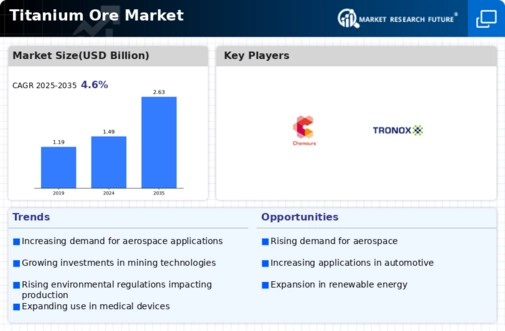
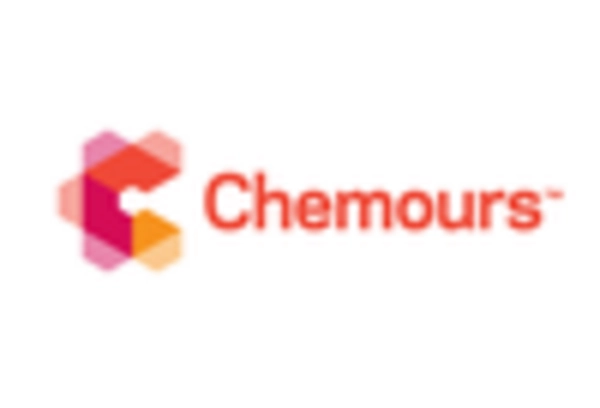
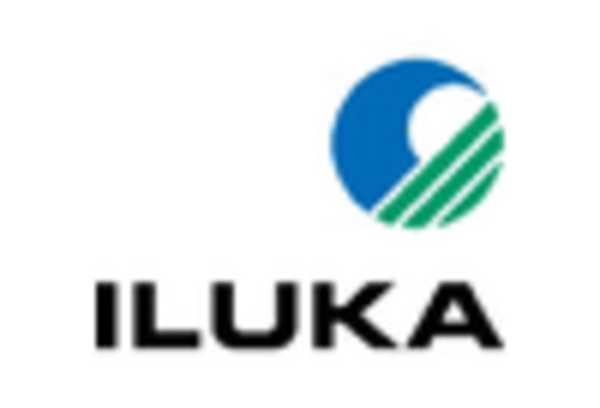
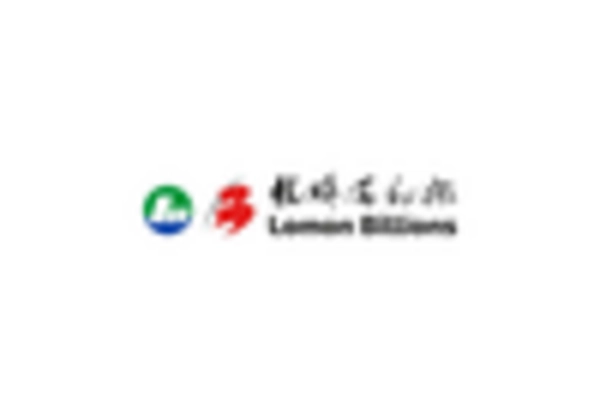
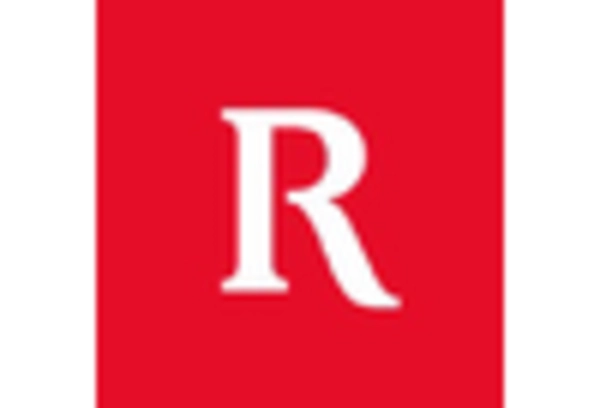
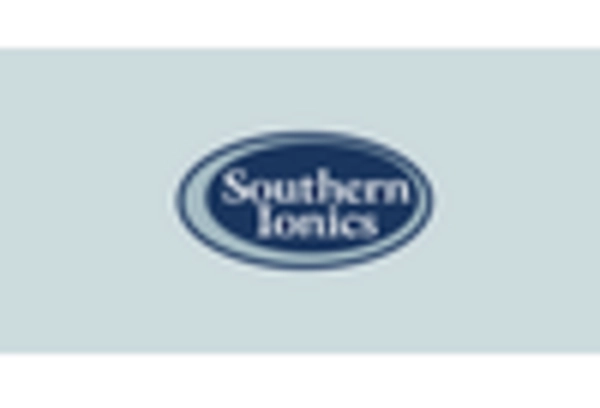
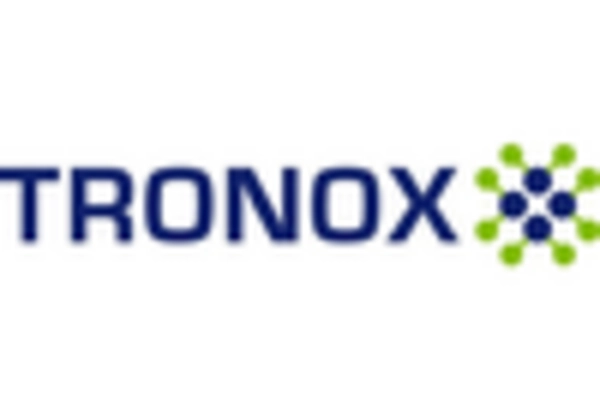









Leave a Comment